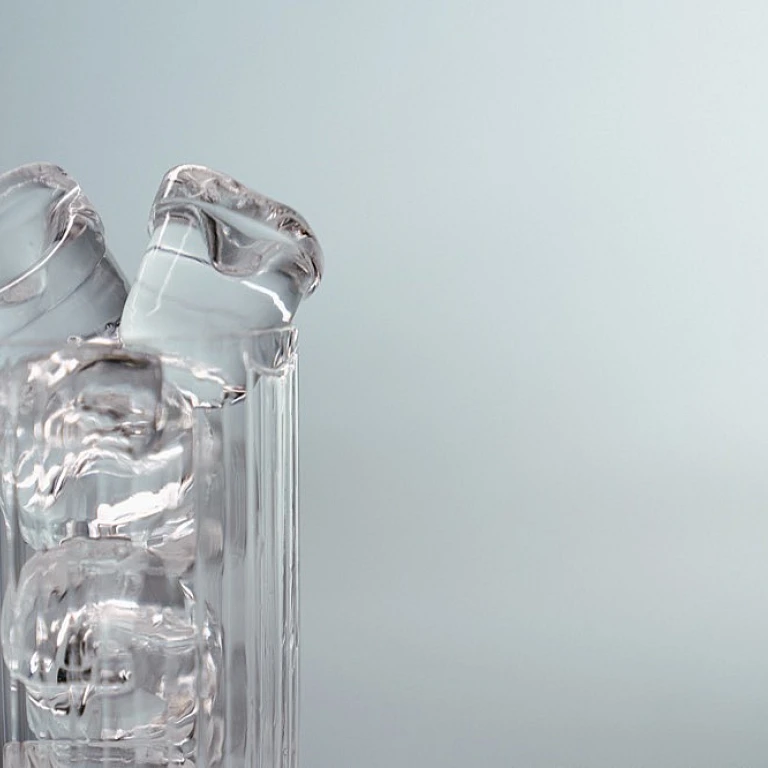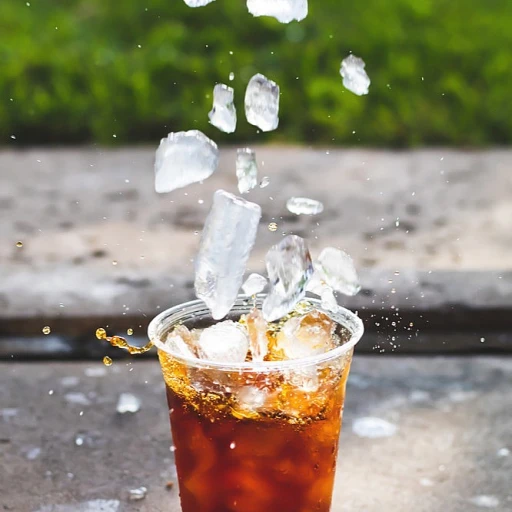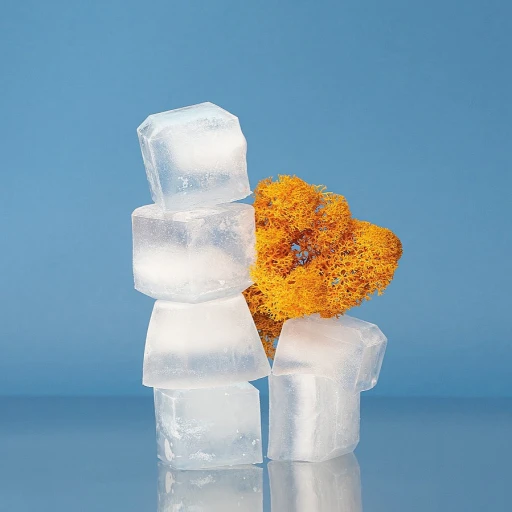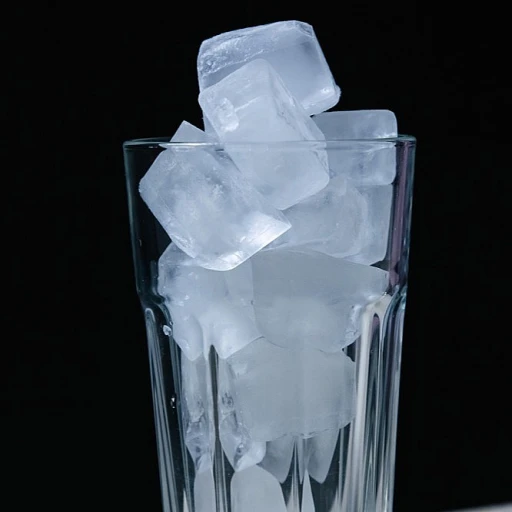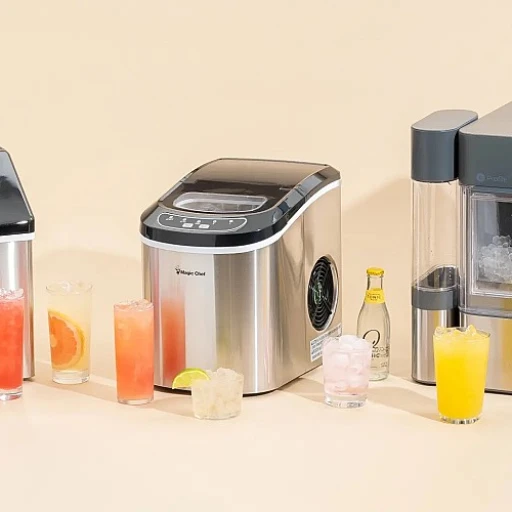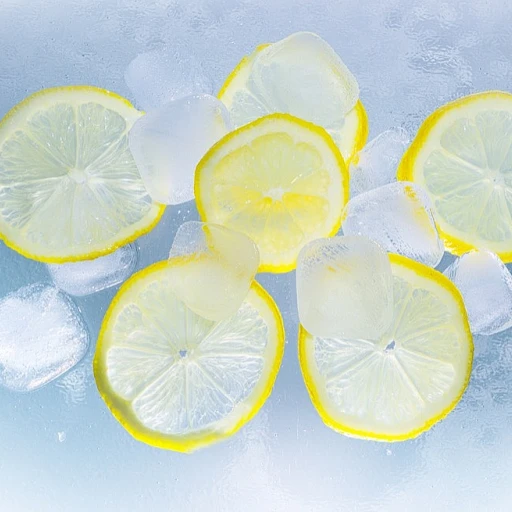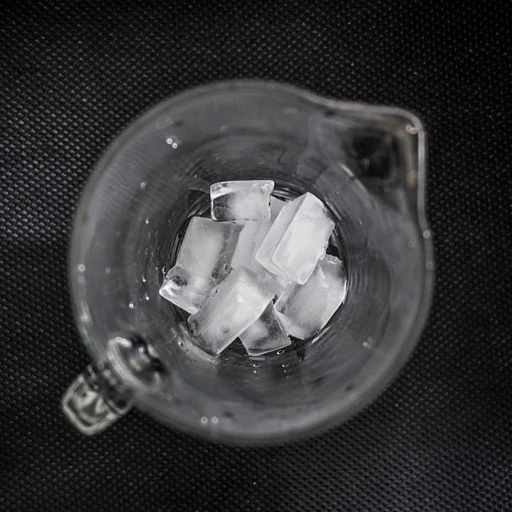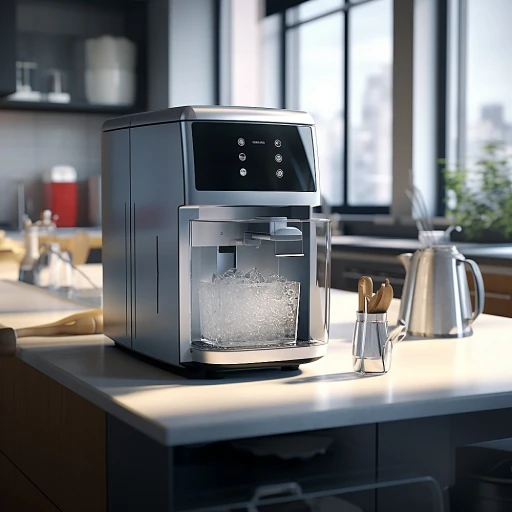Understanding the components of an installation kit
The essentials you'll find in an installation kit
When setting up an ice maker, an installation kit is an absolute must-have. These kits typically include a range of components designed to ensure your ice maker operates smoothly. They often come with water filters, poly tubing, quick- connect fittings, saddle valves, and sometimes a reverse osmosis system. Knowing what each component is and how it works can greatly influence the longevity of your appliance.
The poly tubing: flexibility and durability
Poly tubing is a critical part of your ice maker kit. Typically offered in 1/4-inch sizes, it's far more flexible than copper tubing. This ensures easy installation and improved resistance to kinks and breaks. According to experts at Whirlpool, poly tubing is less prone to damage, thereby extending the life of your refrigerator water line.
Quick connect fittings: hassle-free setup
Quick connect fittings make the installation extremely simple. These fittings eliminate the need for complex tools and ensure a secure connection between the water supply and the ice maker. Most installation kits come with compression fittings, which are essential for guaranteeing leak-free connections.
Saddle valve: tapping into your water supply
The saddle valve is another vital component. It allows you to tap into the existing water supply without making major plumbing modifications. A saddle valve can be attached directly to a copper or plastic water pipe, and its effectiveness is well-recognized by professionals in the field.
Optional components: reverse osmosis systems
If you're looking to enhance the quality of your ice, some installation kits include options for integrating reverse osmosis systems. This can significantly improve the purity of the water, making your ice crystals clear and attractive. Although it's an advanced option, investing in a reverse osmosis system can provide significant long-term benefits for your ice quality.
How to choose the right installation kit for your ice maker
Identifying compatible kits for your ice maker
First things first, ensure that the kit you're eyeing works with your specific ice maker. Brands like Whirlpool often have dedicated kit ice maker sets tailored for their models.
Checking for essential components
When shopping for a kit, there are a few elements you can’t do without. Look out for these must-have items:
- Quick connect fittings
- Poly tubing (at least 1/4 inch diameter for adequate water flow)
- Saddle valve for easy connection to your refrigerator water line
- A reverse osmosis system if your water quality needs improvement
- Instruction manual or installation guide
Make sure the kit includes all necessary screws, compression fittings, and connectors to prevent any mid-installation hiccups.
Ensuring it fits your budget
Check the current price of each installation kit for ice maker. While it might be tempting to pick the cheapest, remember that products with low price aren't always reliable. Aim for those with at least 4 stars in reviews for assured quality. Several online platforms offer options to add cart quick; thus making the purchasing process seamless.
Digging into user reviews and ratings
It’s always a smart move to read through customer feedback. If a particular icemaker installation kit has consistent praises for its quick view or quick connect tee, it’s probably a safe bet. Look for comments on ease of installation, material quality, and customer service experiences.
Reverse osmosis systems for advanced needs
If you’re looking to go above and beyond, you might want to explore reverse osmosis systems. They offer an advanced filtration process that can significantly improve your ice quality. While it is an added investment, it pays off in the long run by maintaining your ice maker and saving you from frequent replacements.
For detailed insights on this topic, check out our article on inline water filters for ice makers.
Step-by-step guide to installing your ice maker kit
Gather your tools and materials
Before diving into the installation, gather all the necessary tools and materials. This includes the installation kit for the ice maker, which typically contains poly tubing, a saddle valve, quick-connect fittings, and compression fittings. Double-check with your refrigerator ice maker's manual to ensure you have everything you need. Having a quick view of these essential components helps make the process smoother.
Shut off the water supply
Start by turning off the water supply to your refrigerator. Locate the nearest water shut-off valve, typically found under the sink or in the basement. If you can't find one, you might need to shut off the entire house’s water supply. Safety first: ensure the area is dry to avoid any potential mess.
Attach the saddle valve
The saddle valve is a key player for connecting your water line. This valve will puncture the pipe and provide water to your ice maker. Position it on a cold water pipe and tighten the clamps. Use a wrench to turn the valve handle clockwise slowly, ensuring it penetrates the pipe.
Connect the tubing
Once the saddle valve is secure, you’ll link the poly tubing from the valve to the refrigerator. Cut the tubing to the correct length using a pipe cutter or utility knife. Connect one end to the saddle valve and the other end to the refrigerator’s water inlet. Utilize the quick connect and compression fittings as needed, ensuring they create a leak-proof seal.
Secure the tubing
Use zip ties or clamps to anchor the tubing along the walls, keeping it out of the way and preventing accidental damage. Make sure there are no sharp bends or tension points that could cause kinks.
Turn on the water and test for leaks
Slowly turn on the water supply and check for leaks at all connection points. Tighten fittings if needed. Run the refrigerator's ice maker to ensure water flows correctly. Adjust the water flow by turning the saddle valve handle if necessary.
Position and secure your ice maker
Place your ice maker in its designated spot, ensuring it’s level. This ensures optimal performance and prevents water spillage. Secure it according to the manufacturer’s instructions, usually found in the installation kit or the ice maker’s user guide.
Final adjustments
Check that your ice maker is functioning properly. Make any required adjustments to the water supply or positioning. Enjoy your new ice maker and the convenience it brings!
Expert tips for maintaining your ice maker installation
Regular cleaning and inspection
To keep your ice maker running smooth, regular cleaning and inspection are crucial. Even the best refrigerator ice maker kits like those from Whirlpool need a check-up now and then. According to a study by the National Sanitation Foundation (NSF), 75% of ice makers were found to have mold and bacteria growth due to improper maintenance.
Checking the water filter
Don't forget the refrigerator water filters. These filters help remove impurities from water, ensuring your ice is safe. It's recommended to replace water filters every six months. There are some great varieties like reverse osmosis systems water filters, which are known for their high efficiency.
Inspecting the compression fittings and tubing
Compression fittings and poly tubing are essential components of your ice maker kit. Make sure there are no leaks or cracks. Experts from the Cottage Water Systems Center highlight that small leaks can escalate to bigger problems if not attended to at the earliest.
Keeping an eye on the saddle valve
The saddle valve, or quick connect tee, in the installation kit is pivotal for water flow. Tighten it to avoid any pressure issues. This step is often overlooked but is crucial for proper functioning.
Replacing worn-out parts promptly
Whether it's the ice maker water filter or poly tubing, replacing worn-out parts will help you avoid any sudden breakdowns and keep your ice maker functioning smoothly for a longer period.
Expert advice
Experts suggest regular tune-ups can add years to your ice maker's life. Joe Schmidt, an industry expert from ODW Logistics, notes, "A well-maintained ice maker not only performs better but also saves on long-term costs."
Case study: Homeowner success story
A recent case study showed that homeowners who followed these maintenance tips saved up to 20% on repair costs. For instance, a Chicago resident reported fewer breakdowns and cleaner ice after regularly checking their installation kit, including poly tubing and quick connect tees.
Maintaining your ice maker installation might seem tedious, but these simple steps can go a long way. For additional tips on keeping your ice pristine, check out our link on water filters for ice maker.
Common issues and troubleshooting for ice maker installations
Identifying and fixing leaks
One frustrating issue with ice maker installations is dealing with leaks. Leaks can originate from several places: the water inlet valve, tubing, or connectors. To troubleshoot, start by checking the water connections. Look for any loose compression fittings or saddle valves that might need tightening. If you spot water around the valve, it might be faulty and could need a replacement.
Ice maker not making ice
Sometimes, your ice maker might simply stop producing ice, leaving you puzzled. This could be due to a clogged water filter, which is fairly common. Replacing your ice maker water filter might solve the issue. Additionally, check the water supply line for any kinks or blockages. If these solutions don’t work, the problem could be with the ice maker module itself, and you might need to consult a professional.
Unusual ice shape or size
Uneven or misshapen ice can often be attributed to a water supply issue. Ensure that your refrigerator water supply line is clear and that there is no air trapped in the system. Air bubbles can disrupt the freezing process, leading to irregular ice shapes. Adjusting the temperature settings in your refrigerator can also help in maintaining consistent ice shapes. Remember, the ideal freezer temperature should be at or below 0°F (-18°C).
Dealing with noisy ice makers
Noise from your ice maker can be bothersome. It could range from rattling to buzzing sounds. First, check the positioning of your refrigerator. If it isn’t level, the ice maker might produce more noise. Alternatively, the noise might come from the ice dropping into the bin, which is normal. However, louder than usual noises might indicate a mechanical issue, and it could be time to inspect the motor or the ejector arm of your ice maker.
Ice with bad taste or odor
If your ice tastes or smells odd, it can be a sign of a few different issues. Most commonly, the refrigerator water filter needs replacing. Using a high-quality filter can prevent unpleasant tastes and smells. Remember to check the poly tubing and connector kit for any contamination. Regular cleaning of your ice maker is crucial. Make sure to clean all parts, including the ice bin, every few months.
-logo-retina.jpg)
